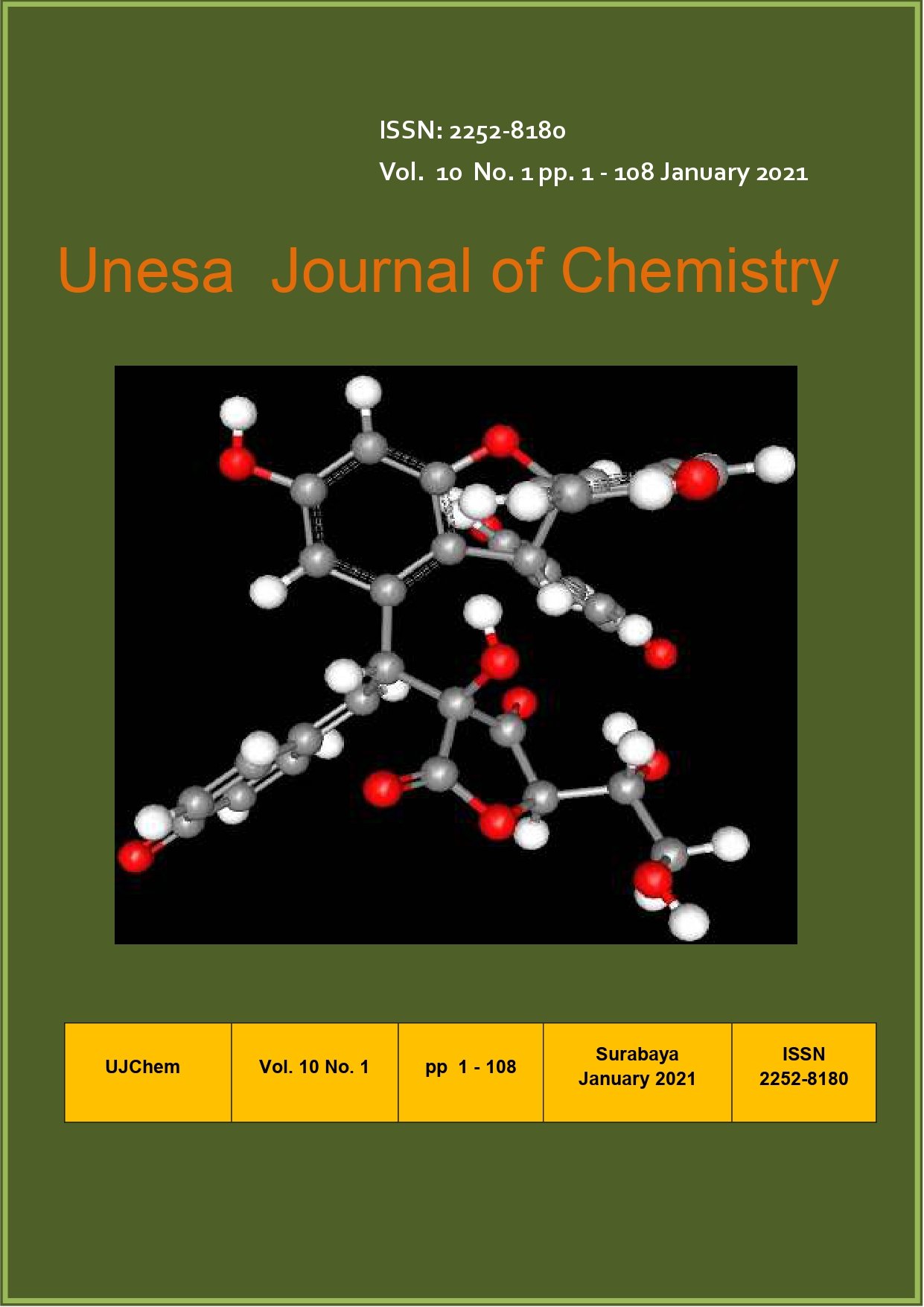PEMBUATAN DAN KARAKTERISASI PLASTIK BIODEGRADABLE DARI KOMPOSIT HDPE (HIGH DENSITY POLYETHYLENE) DAN PATI UMBI SUWEG (Amorphophallus campanulatus)
Isi Artikel Utama
Unduhan
Data unduhan belum tersedia.
Rincian Artikel
Cara Mengutip
Clarinsa, R. M., & Sutoyo, S. (2021). PEMBUATAN DAN KARAKTERISASI PLASTIK BIODEGRADABLE DARI KOMPOSIT HDPE (HIGH DENSITY POLYETHYLENE) DAN PATI UMBI SUWEG (Amorphophallus campanulatus). Unesa Journal of Chemistry, 10(1), 85–95. https://doi.org/10.26740/ujc.v10n1.p85-95
Terbitan
Bagian
Articles

